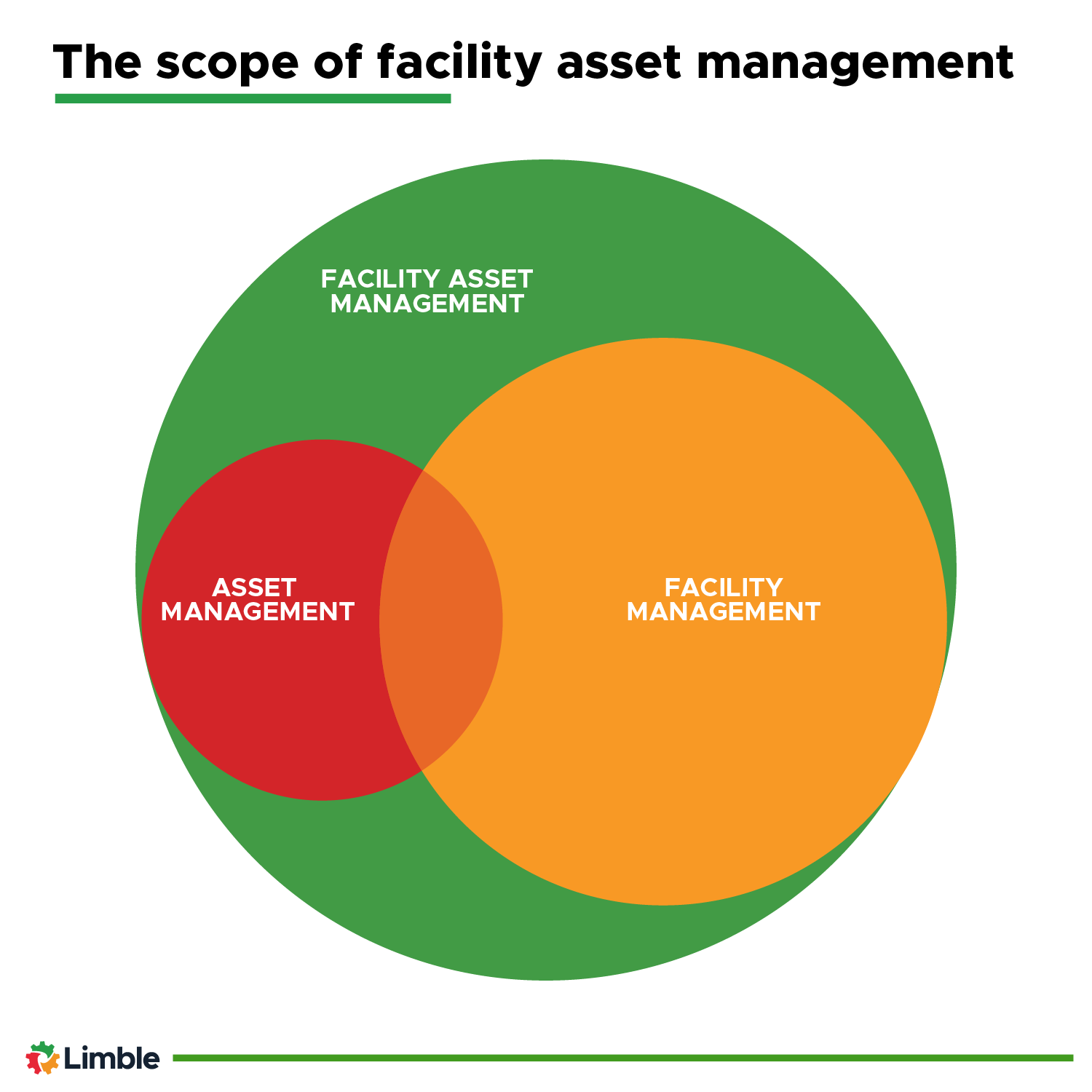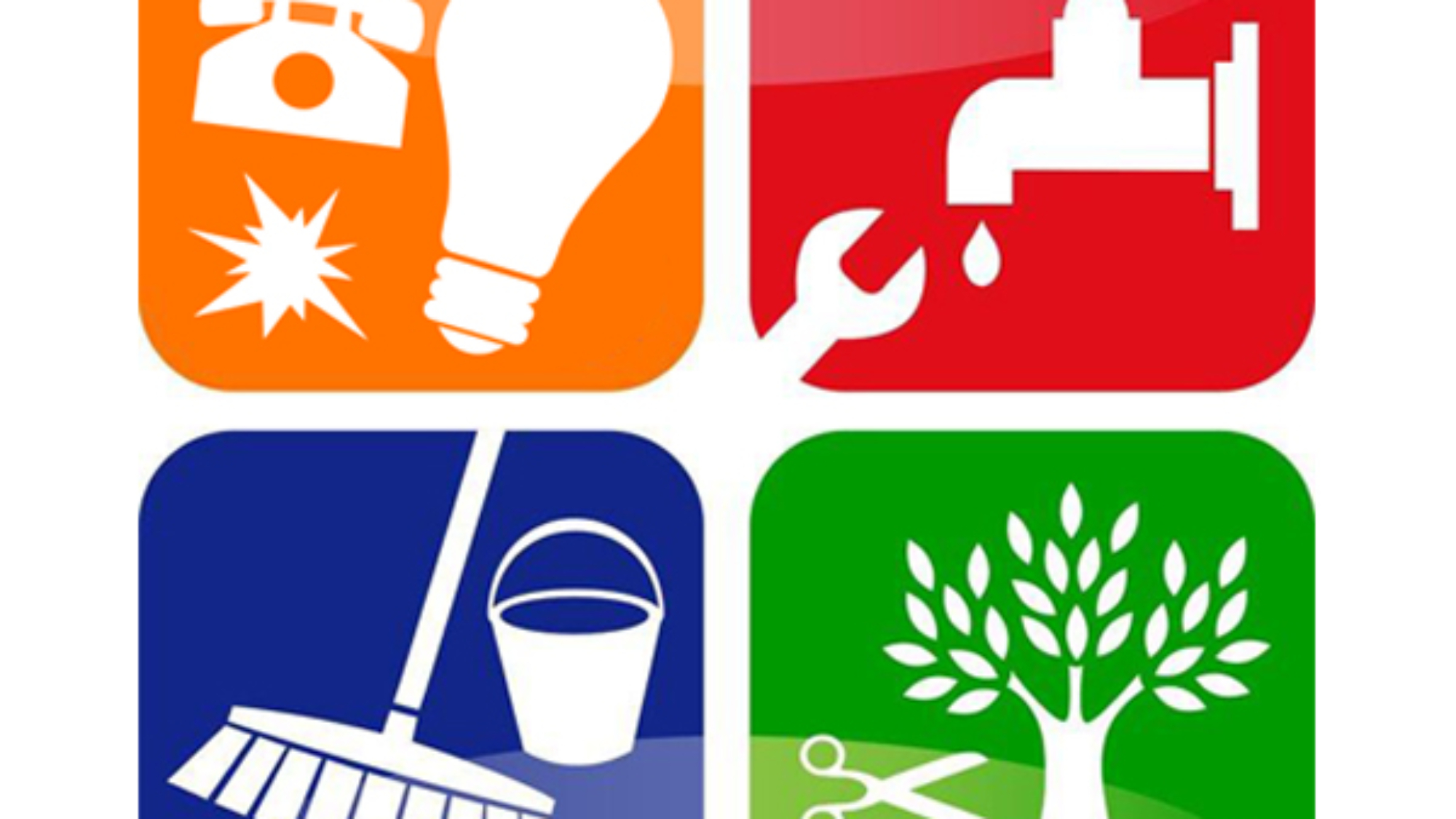Secret Trends Shaping the Future of Facility Monitoring in 2024
As we look in advance to 2024, the landscape of center administration is poised for considerable transformation, driven by a number of crucial fads. The combination of smart structure innovations and a change towards data-driven decision-making assurance to improve functional performance while focusing on sustainability in technique.
Smart Building Technologies
Smart structure modern technologies incorporate a large selection of systems, consisting of intelligent lights, a/c controls, and security systems. By incorporating these systems, facility supervisors can monitor and readjust parameters in real-time, bring about considerable reductions in energy waste and functional costs. As an example, clever sensors can detect tenancy levels and adjust lights and temperature level appropriately, making sure that energy is only made use of when needed.
Moreover, these modern technologies help with boosted information collection, allowing companies to track usage patterns and identify chances for additional renovations. The execution of wise structure modern technologies not only adds to sustainability goals however likewise creates healthier job settings that can enhance worker productivity and fulfillment.
As we move into 2024, the adoption of wise building innovations will likely accelerate, reflecting a wider change towards more intelligent, receptive, and lasting facility management practices.
Data-Driven Decision Making
Increasingly, organizations are leveraging data-driven choice making to boost center administration practices. By harnessing data analytics, facility managers can obtain workable understandings that significantly enhance operational performance and source appropriation. The combination of sophisticated modern technologies, such as IoT sensing units and real-time tracking systems, makes it possible for the collection of large amounts of information on building performance, tenancy rates, and energy intake.
This wealth of details enables center managers to recognize trends, anticipate upkeep needs, and proactively address concerns prior to they rise. For example, predictive analytics can anticipate devices failings, decreasing downtime and repair costs. Additionally, data visualization tools assist in much better communication among stakeholders, ensuring that notified decisions are made collaboratively.
Additionally, data-driven approaches enhance strategic preparation by making it possible for facility managers to analyze the performance of current techniques and make educated options relating to financial investments in technology or facilities. As organizations progressively focus on functional excellence, data-driven choice making is poised to become a keystone of successful center management techniques in 2024 and beyond. Eventually, the ability to leverage data successfully will encourage companies to develop much more effective, effective, and resilient facilities.
Sustainability and Environment-friendly Practices
The emphasis on data-driven choice making naturally straightens with the expanding emphasis on sustainability and green methods within center monitoring. As organizations progressively prioritize ecological responsibility, facility supervisors are leveraging analytics to enhance source use, decrease waste, and decrease carbon footprints. This strategic approach makes it possible for the assimilation of energy-efficient systems, such as LED illumination, wise HVAC controls, and renewable resource resources into center procedures.
Furthermore, the execution of sustainable techniques extends beyond energy intake. Center supervisors are taking on eco-friendly materials and promoting reusing efforts to create a round economic situation within their facilities. This not only boosts the see post ecological account of the company yet likewise cultivates a culture of sustainability amongst workers.
Conformity with environmental policies is another crucial facet driving the adoption of environment-friendly techniques. By utilizing information analytics, facility supervisors can check conformity metrics and recognize locations for renovation, guaranteeing adherence to global and neighborhood sustainability standards.
Hybrid Work Models
A substantial change towards crossbreed work versions is improving the landscape of facility monitoring in 2024. This paradigm incorporates remote and in-office job, necessitating a reevaluation of space usage, source allocation, and worker involvement techniques. Organizations are significantly identifying the relevance of adaptable offices that satisfy varied demands and preferences.
Facility managers have to adjust by carrying out versatile workplace designs that sustain collaborative efforts while giving areas for concentrated work. This consists of the combination of modern technology to assist in seamless communication and partnership among remote and in-office workers. Smart structure remedies, outfitted with sensors and analytics, enable for real-time surveillance of room use, enabling companies to maximize their settings effectively.
In addition, hybrid work models emphasize the need for reliable facility management that focuses on staff member experience. In essence, the hybrid work version is changing facility monitoring, motivating an aggressive strategy to satisfy the evolving demands of the labor force.
Improved Owner Health
As companies welcome hybrid job versions, an increased concentrate on passenger wellness is becoming integral to center administration strategies. Facility Management. This shift identifies that a satisfied and healthy and balanced workforce directly impacts performance and retention rates. Center managers are currently focusing on atmospheres that advertise physical and mental well-being, incorporating aspects such as all-natural lighting, biophilic style, and easily accessible wellness sources

Innovation plays an essential duty in this development. Smart structure systems can keep an eye on ecological elements and change settings in real-time, making sure ideal convenience levels - Facility Management. Feedback mechanisms, such as tenancy sensing units and staff member surveys, permit facility supervisors to continuously fine-tune wellness initiatives based on resident demands.

Verdict
In 2024, the future of facility management will be considerably useful reference affected by the combination of smart structure technologies and data-driven decision-making, fostering improved operational performance. Sustainability initiatives will focus on environmentally friendly techniques, while the appearance of crossbreed work designs will necessitate flexible workplace styles. An increased emphasis on passenger wellness through advanced HVAC systems and biophilic style will add to healthier work atmospheres. These patterns additional hints collectively underscore the advancing landscape of center administration in feedback to contemporary obstacles and opportunities.
Facility supervisors are embracing environment-friendly materials and promoting recycling efforts to create a round economic climate within their facilities.A considerable change towards hybrid job versions is improving the landscape of facility administration in 2024.In addition, crossbreed work designs stress the need for efficient facility management that prioritizes employee experience.As companies embrace hybrid work versions, an increased emphasis on occupant health is coming to be integral to facility management approaches.In 2024, the future of center management will certainly be substantially influenced by the integration of smart building innovations and data-driven decision-making, fostering boosted operational effectiveness.